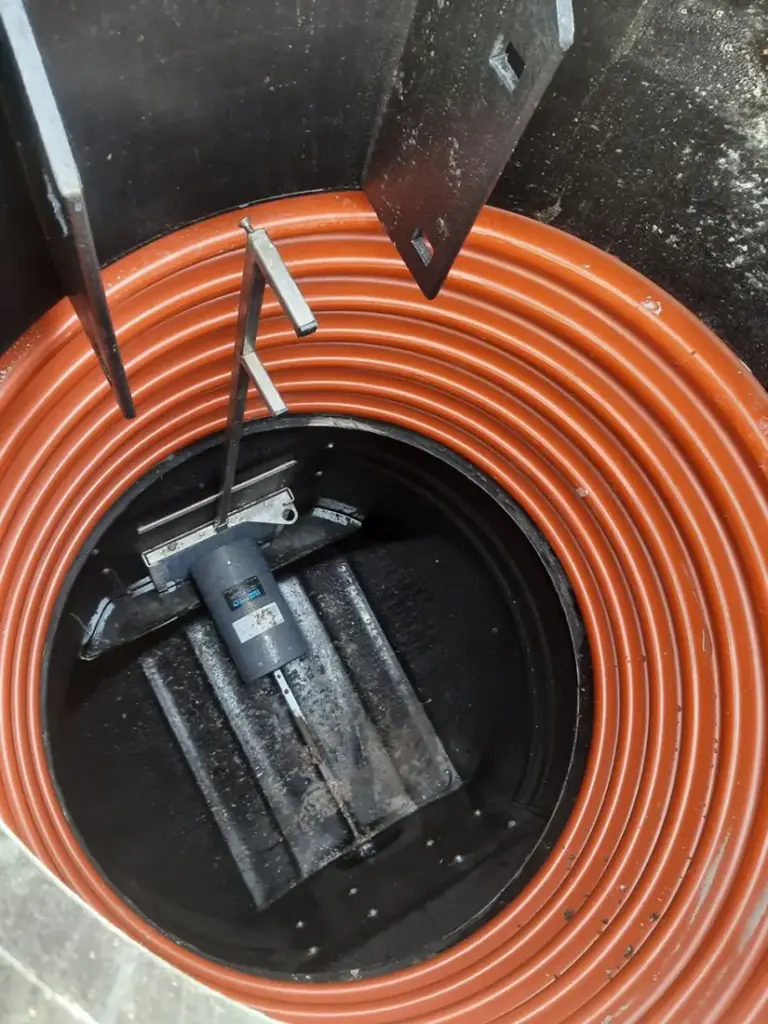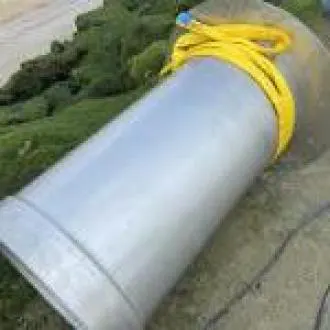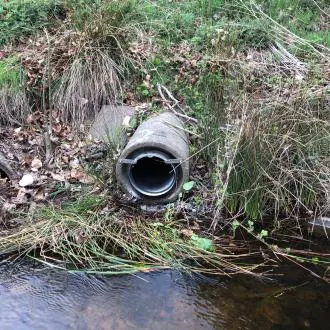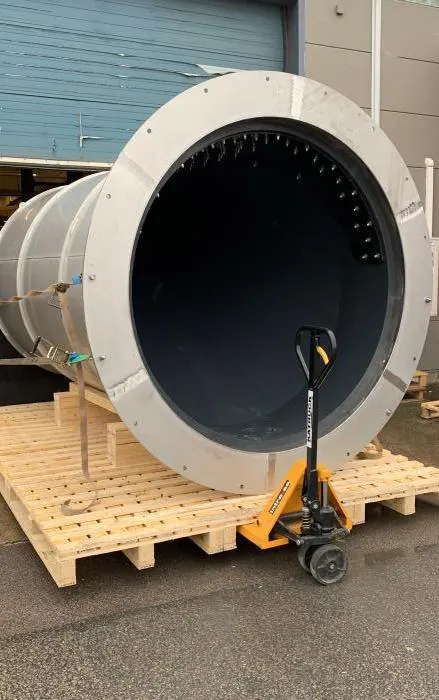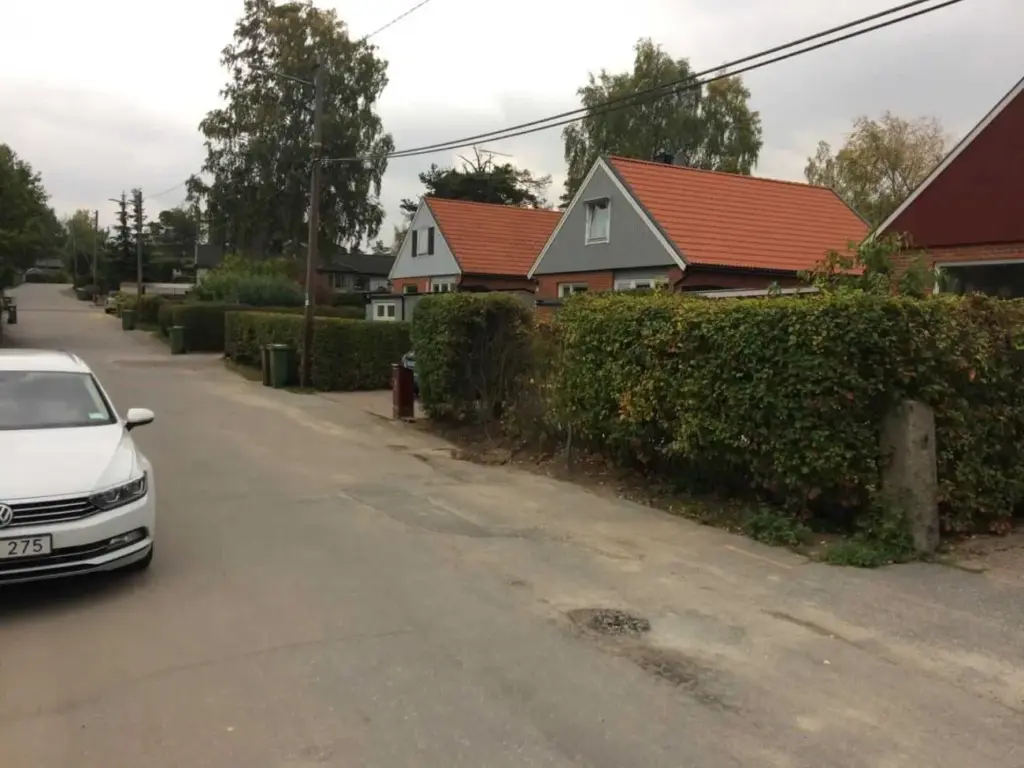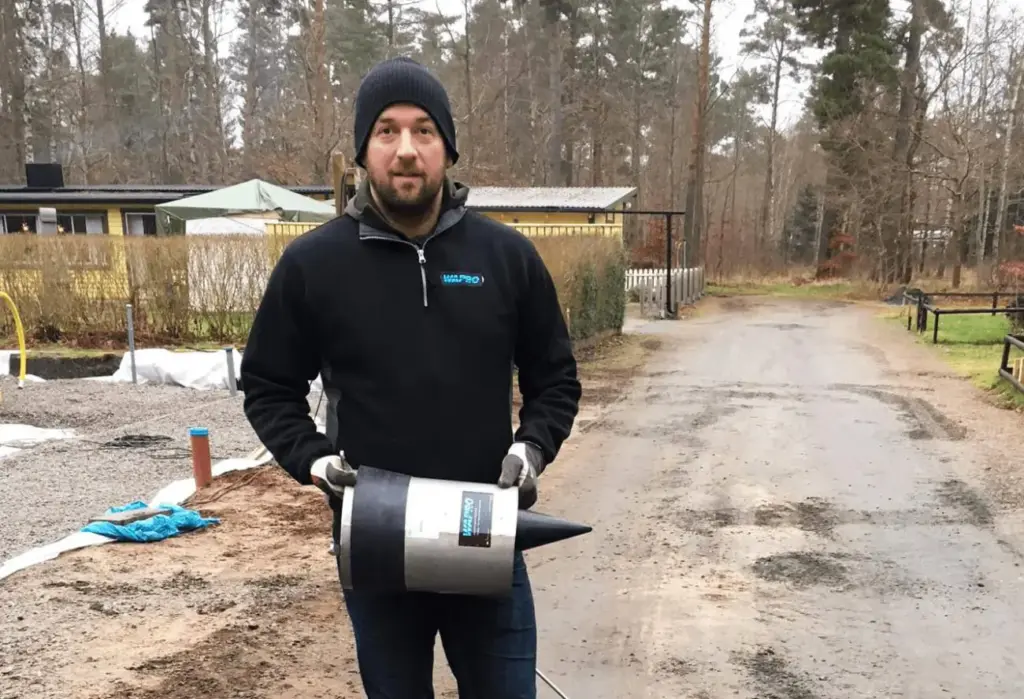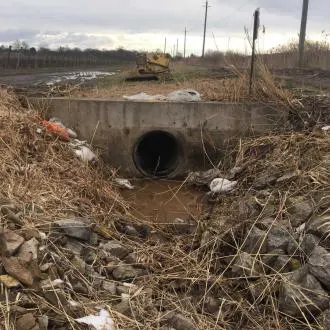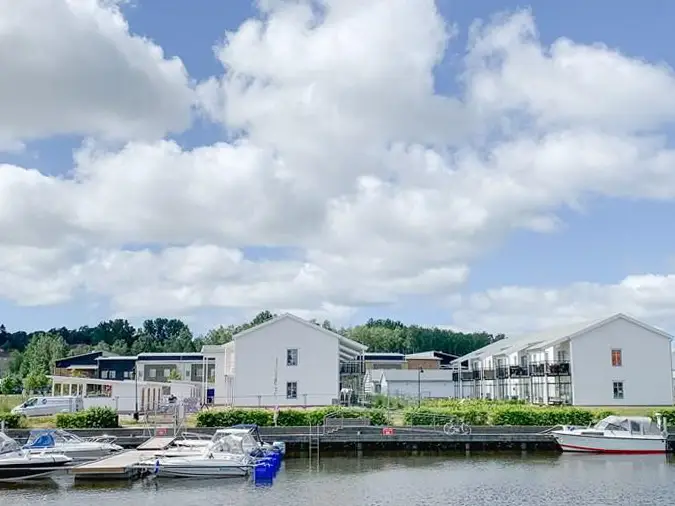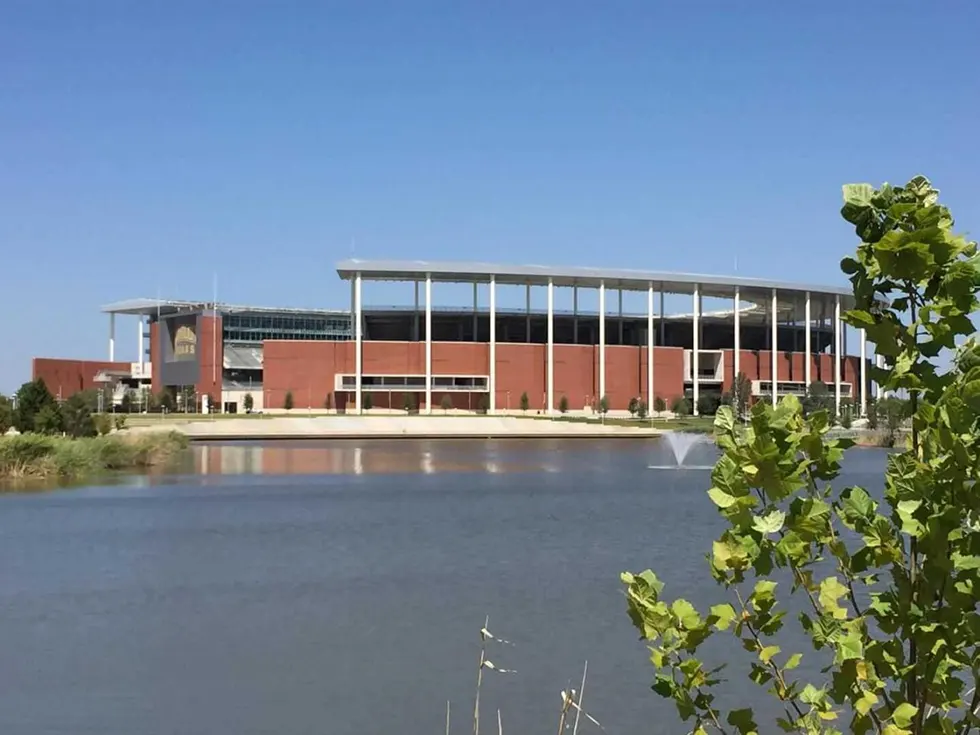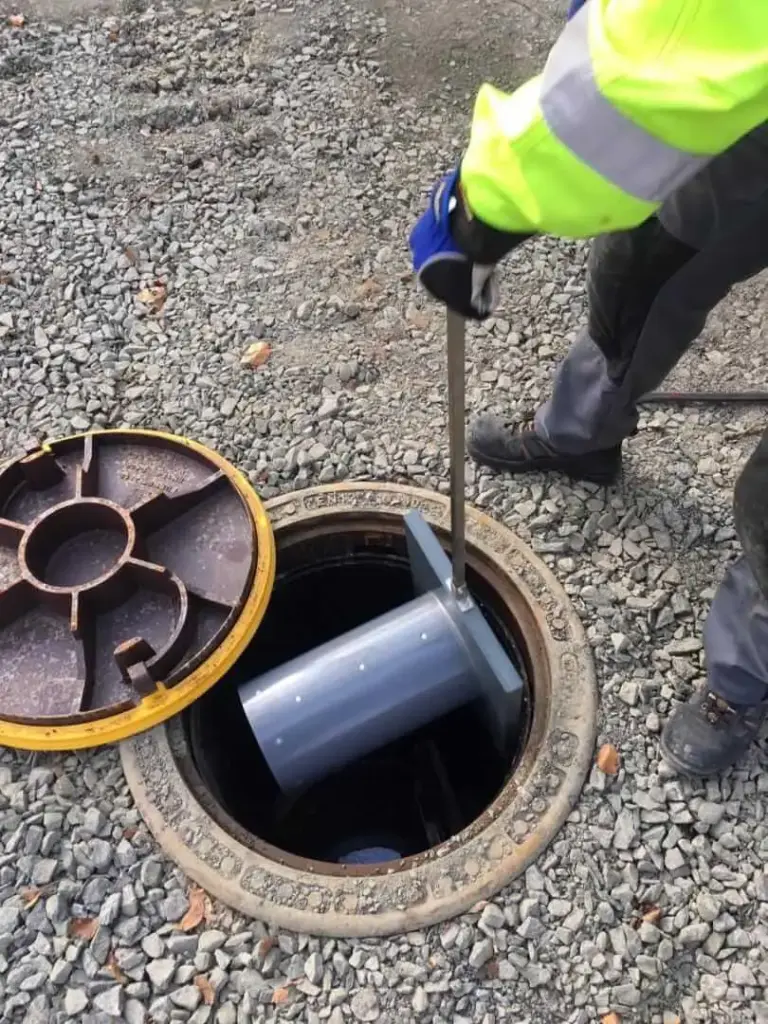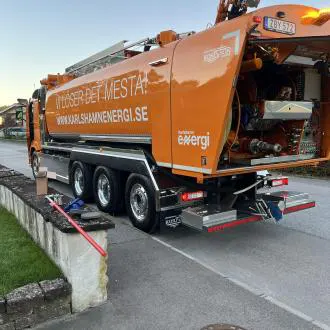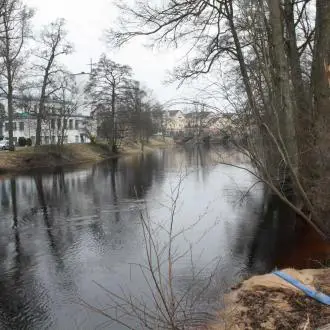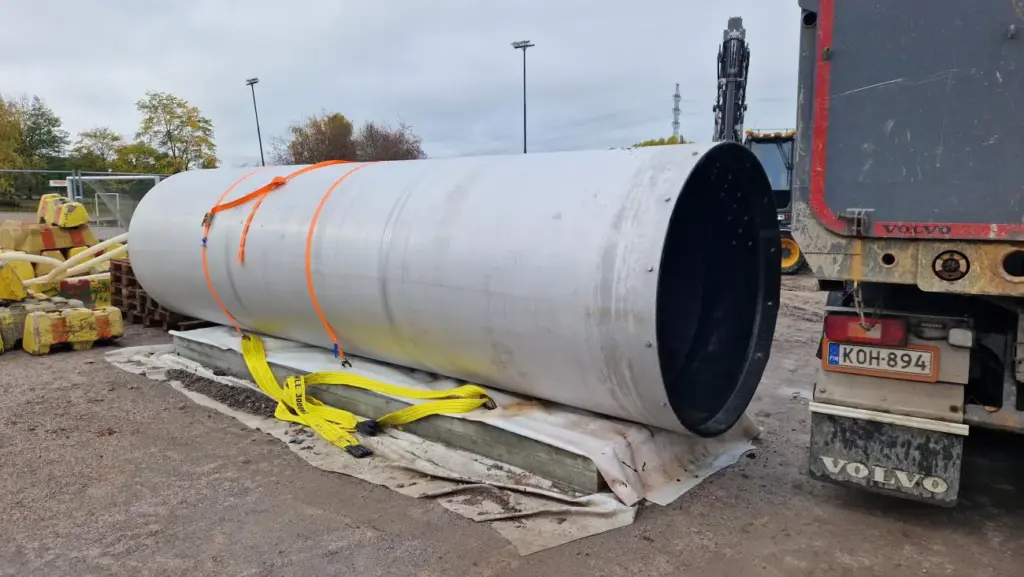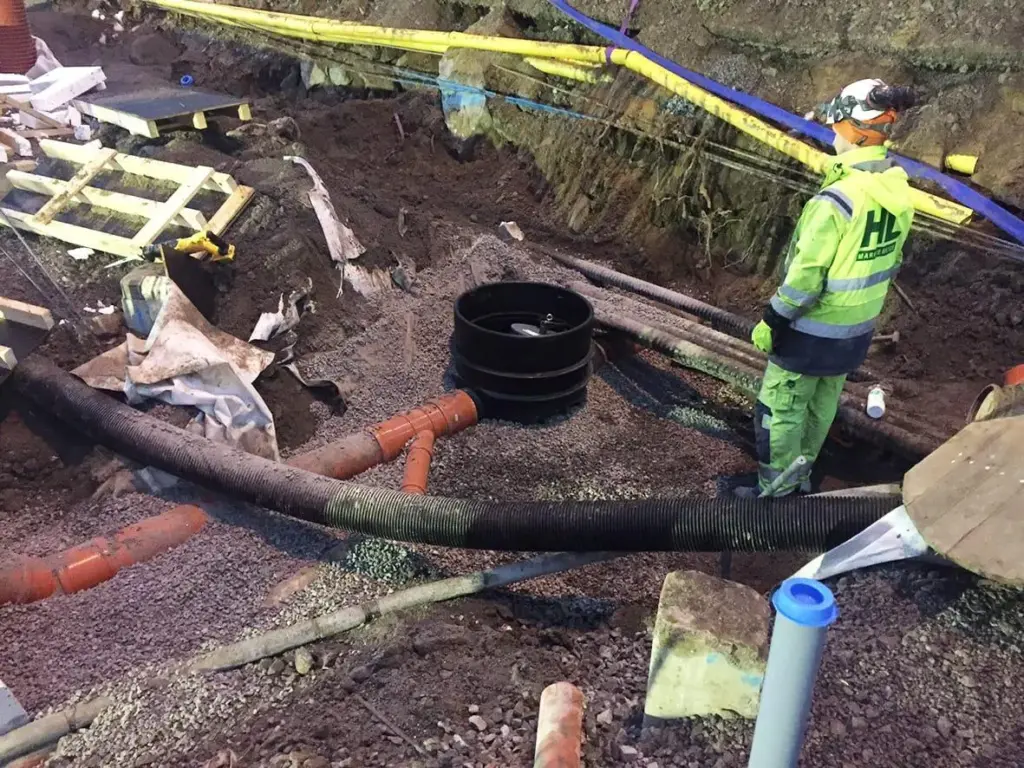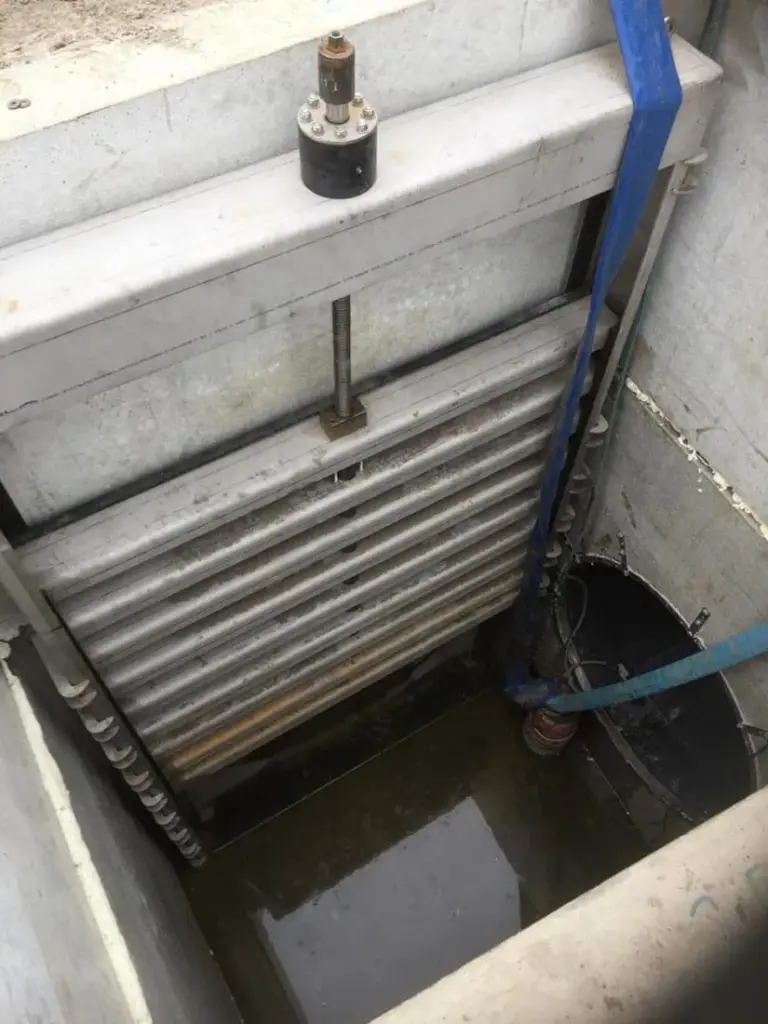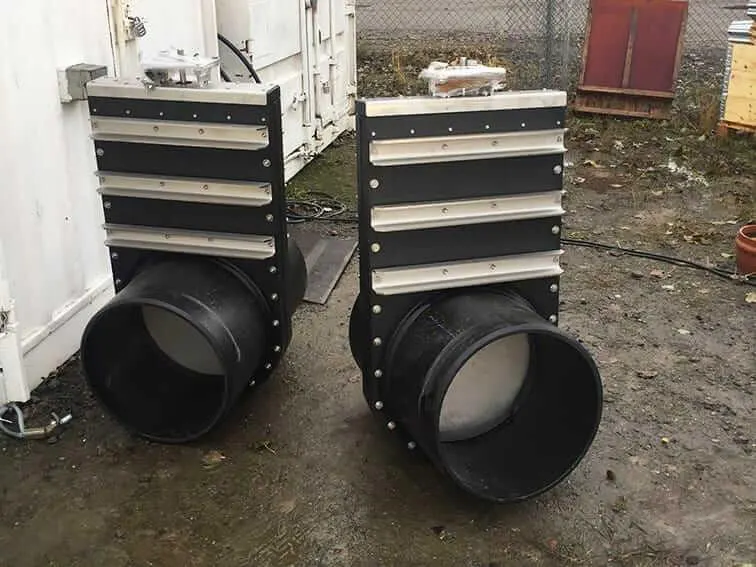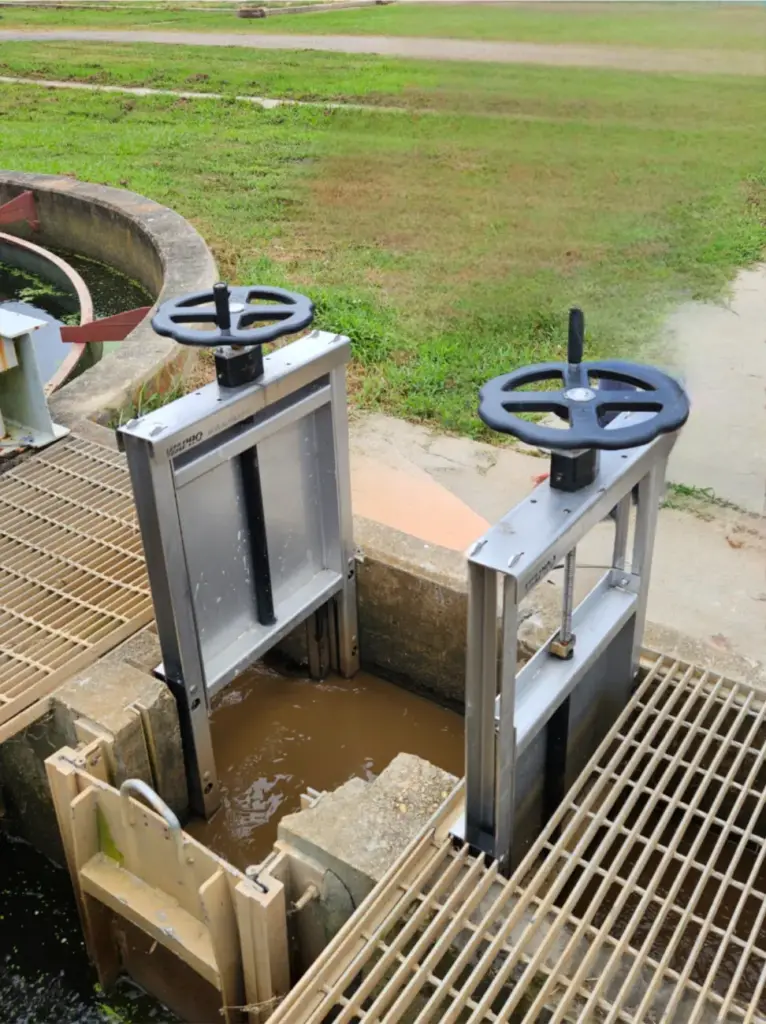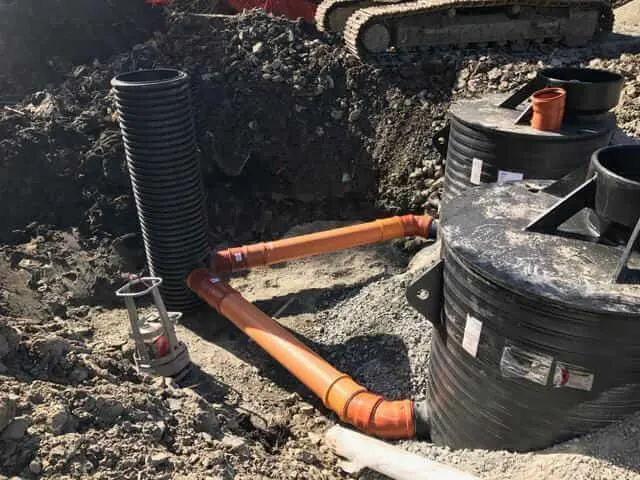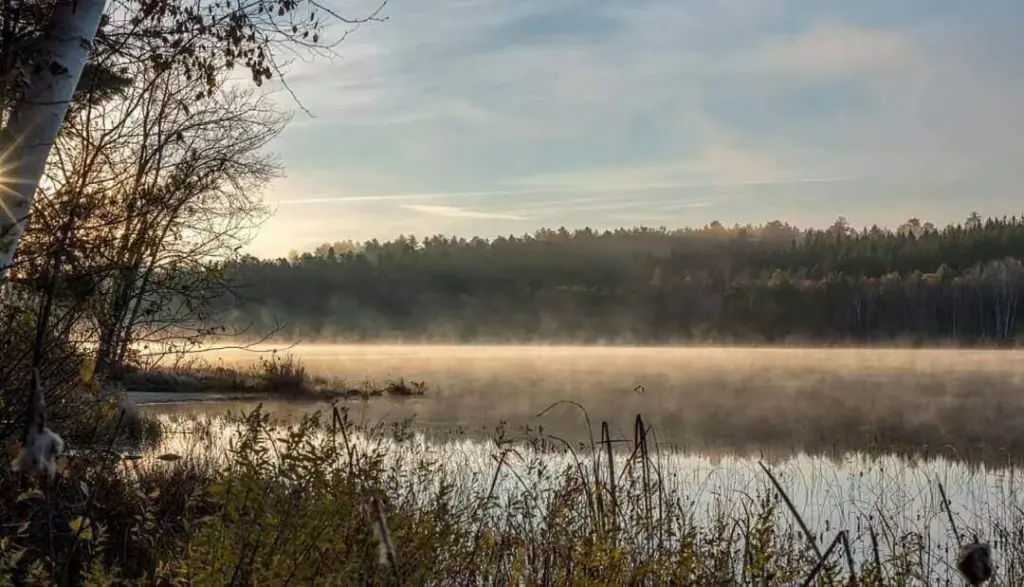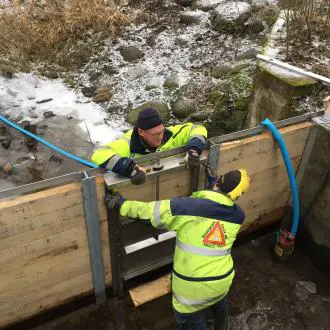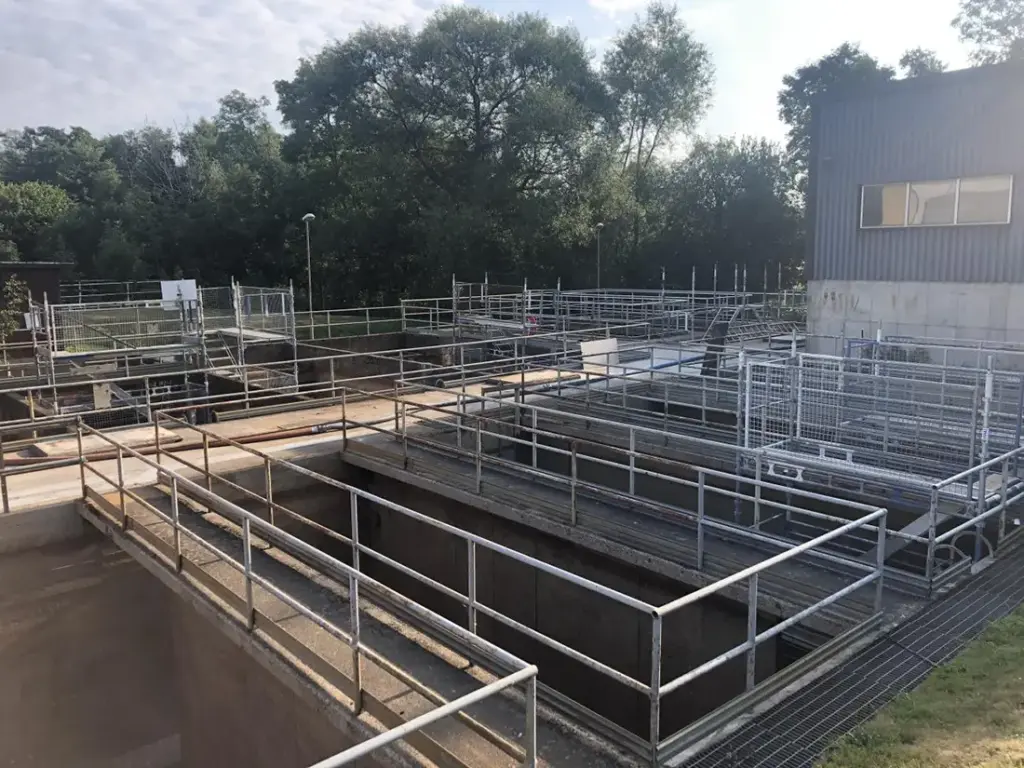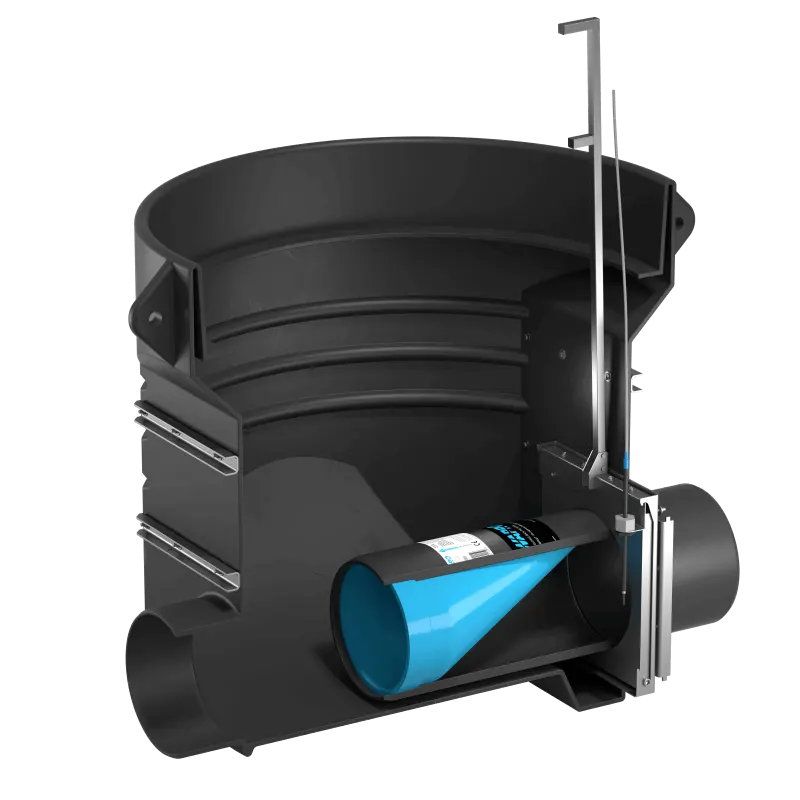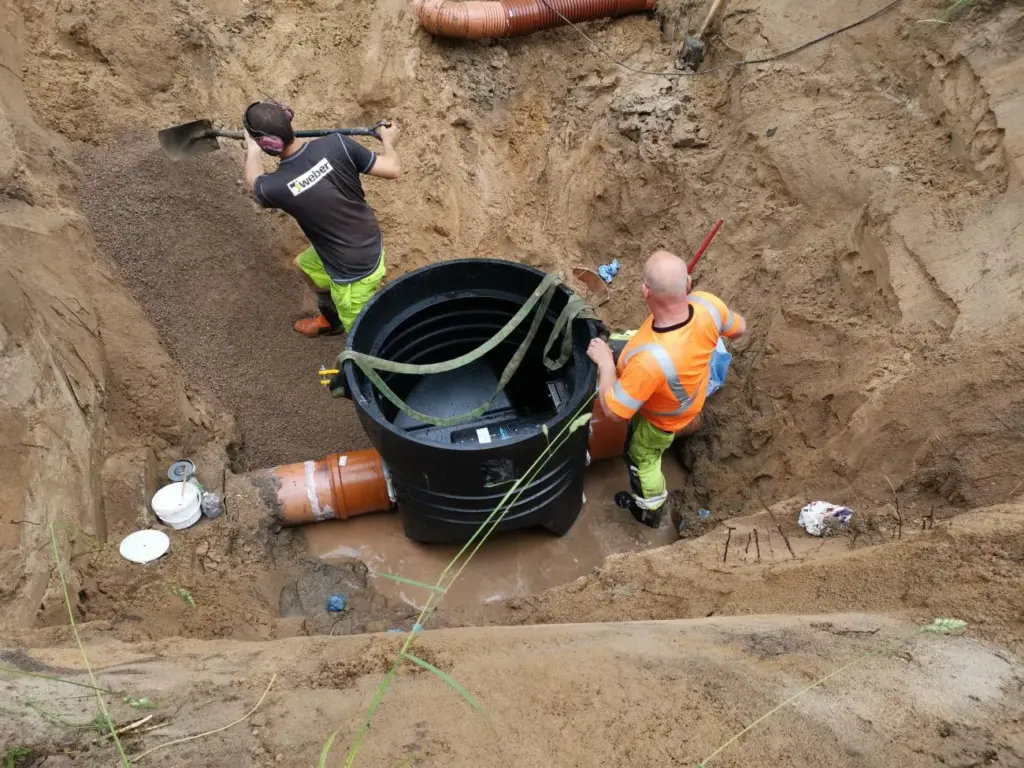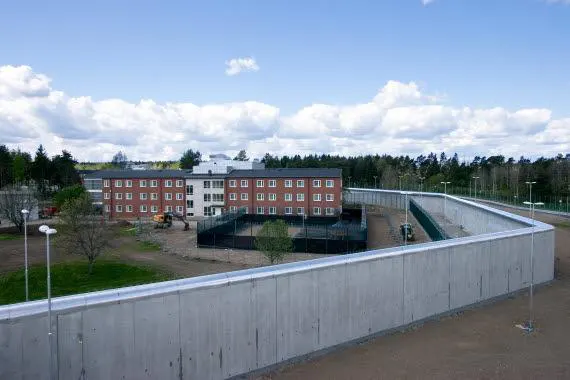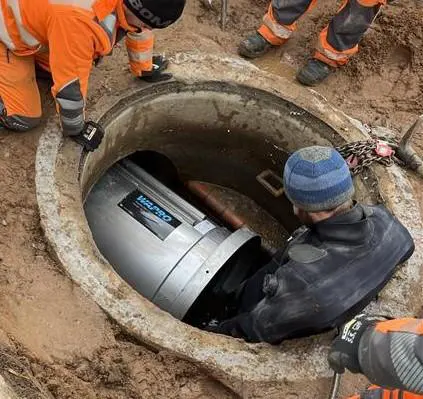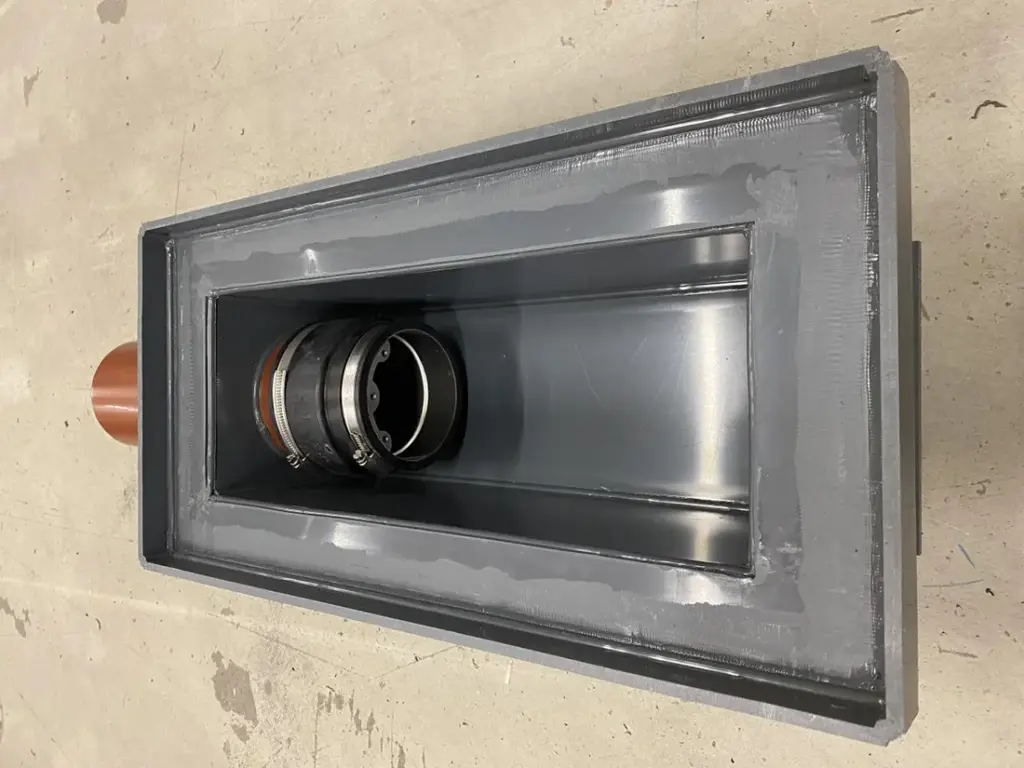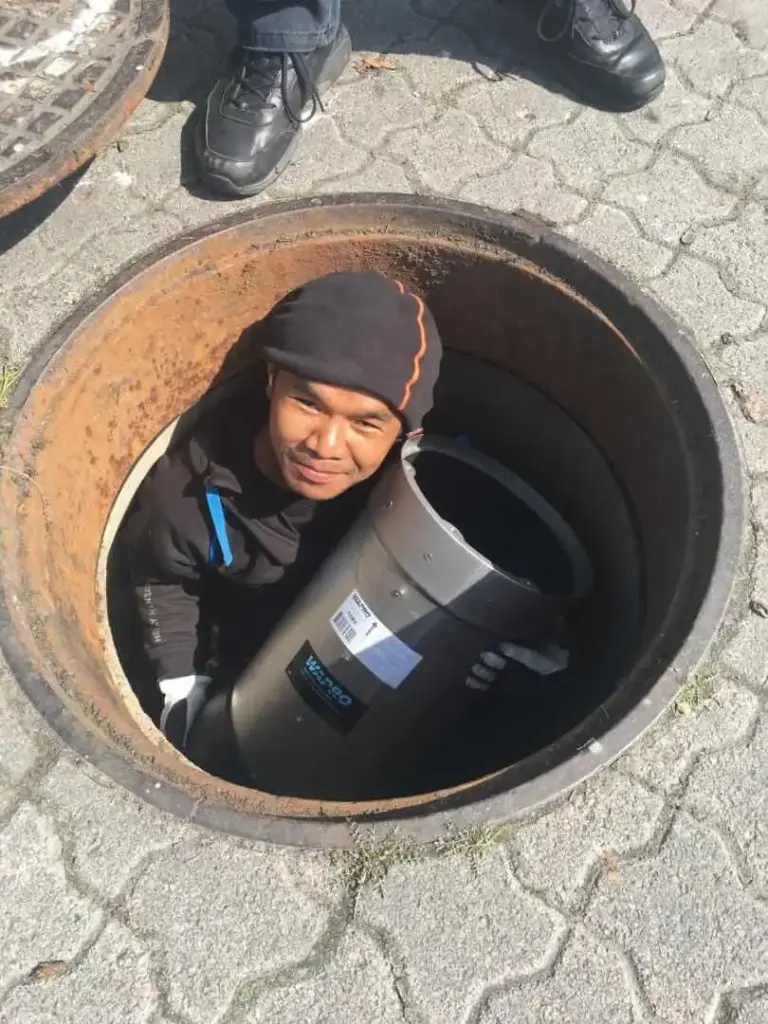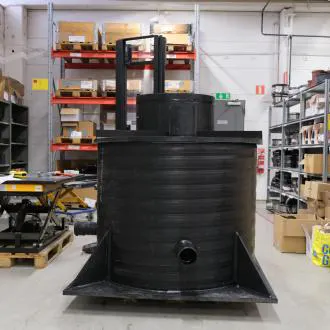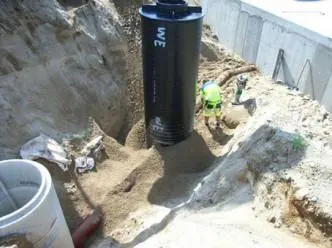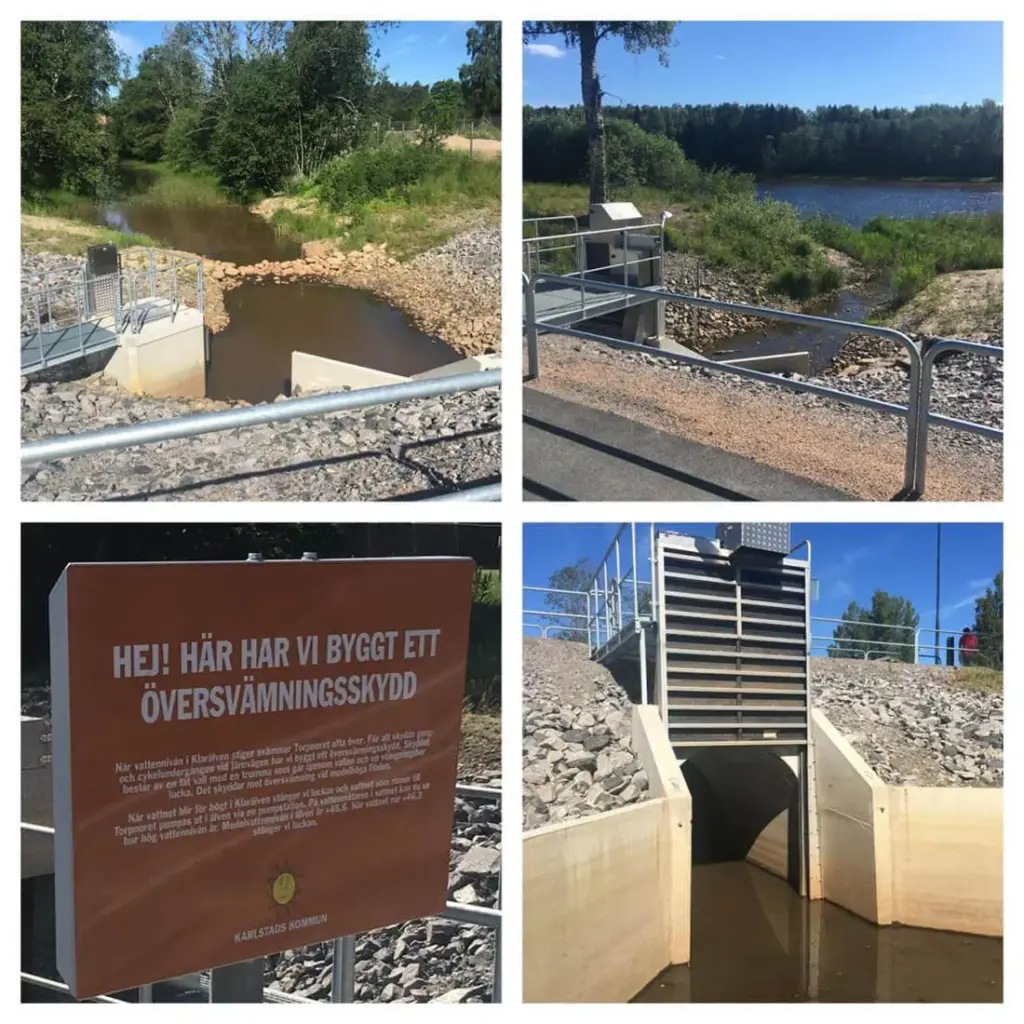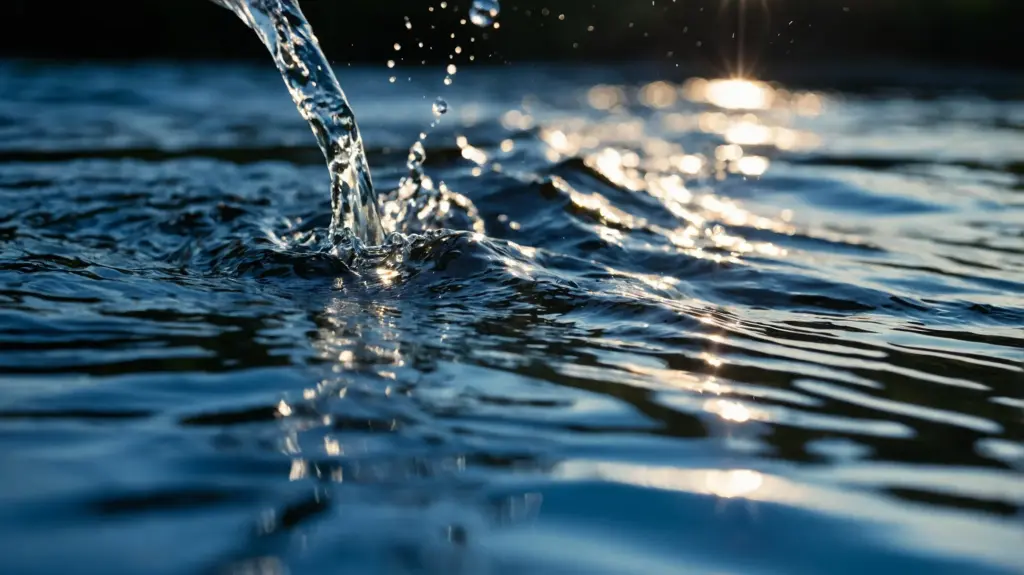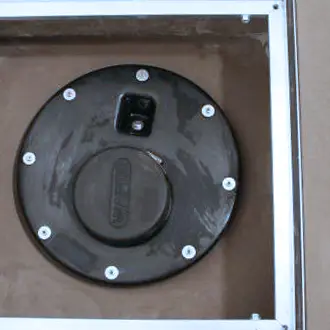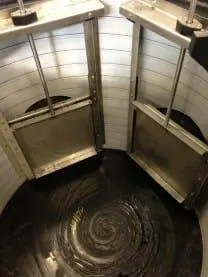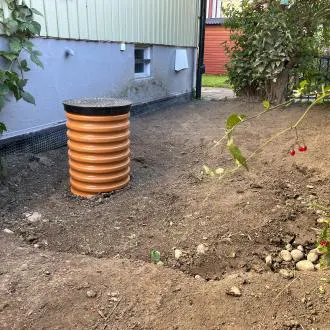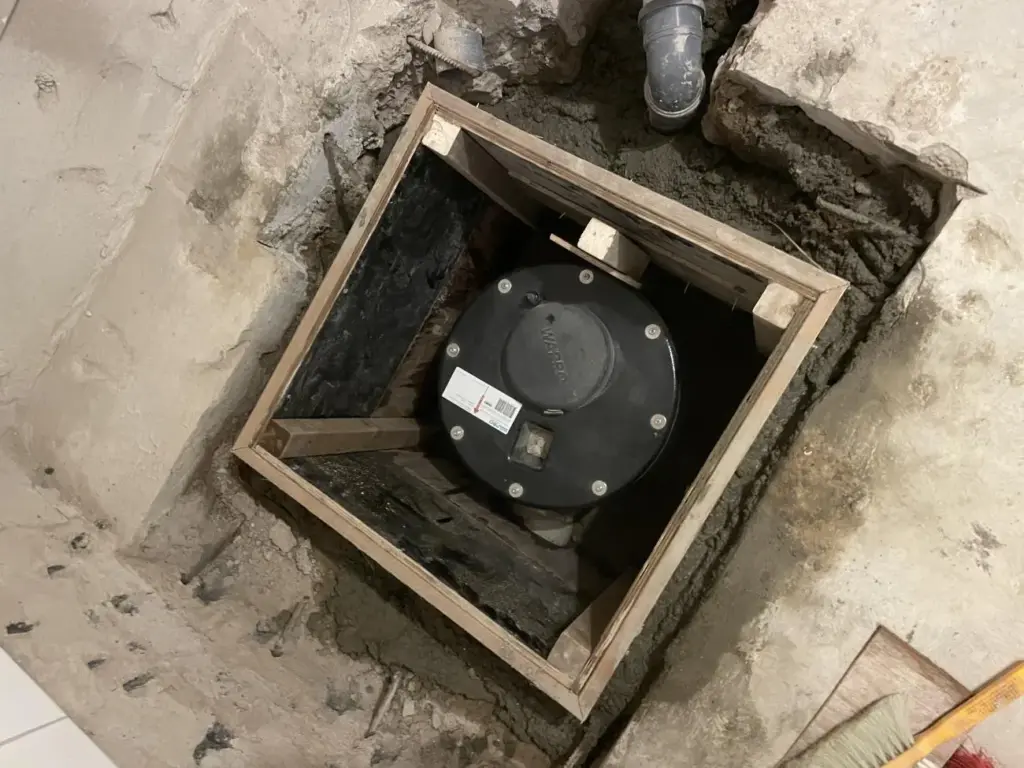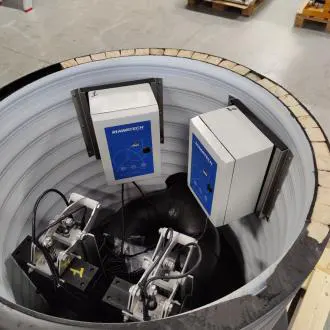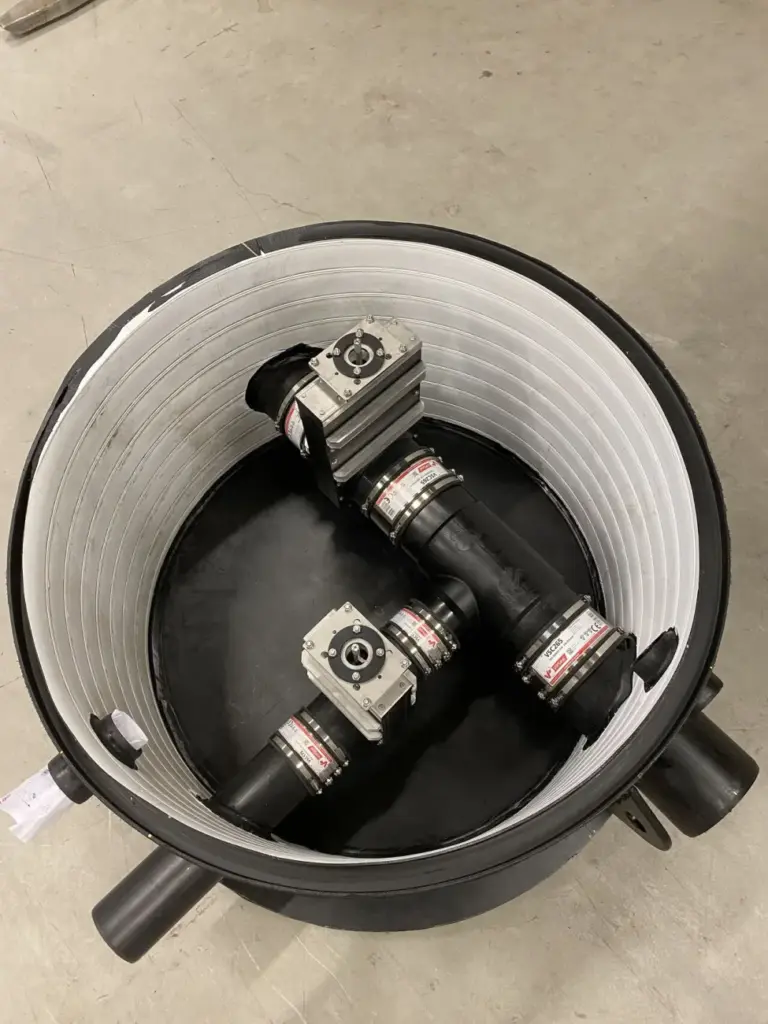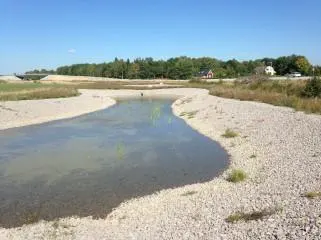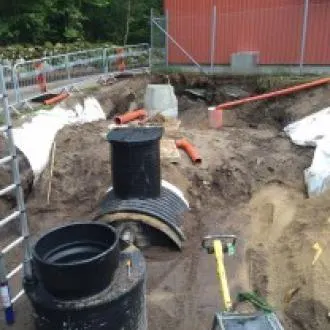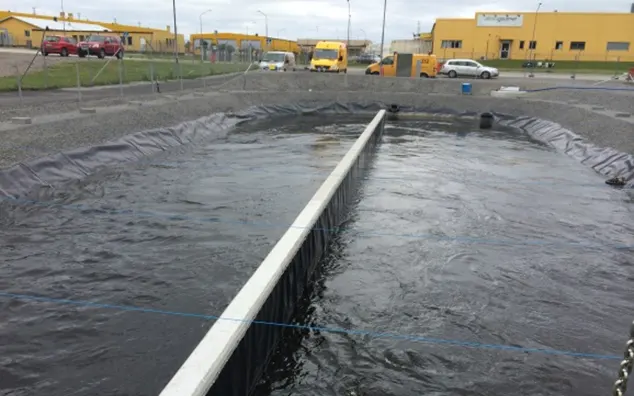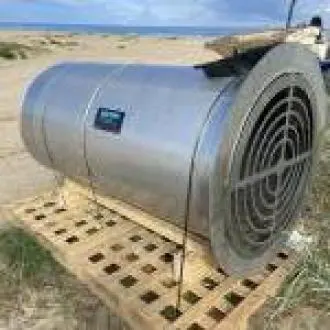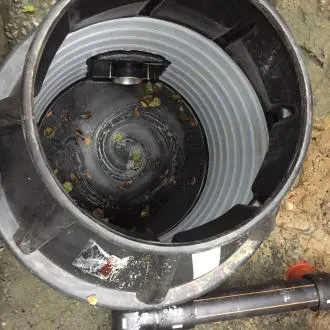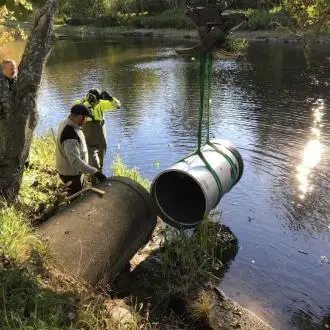Backflow prevention with WaStop Access
Flood protection
Insect Protection & Odor Control
Residential
Uppsala, Sweden
Better management of firefighting water in Halmstad
Shut-off & Control
Aquaculture
Halmstad, Sweden
Blonville sur is protected using WaStop
Flood protection
Insect Protection & Odor Control
Residential
Blonville sur, Frankrike
Cost-effective pumping stations and flood prevention with WaStop
Flood protection
Insect Protection & Odor Control
Residential
Dahl, Kristianstad | Olofström, Sweden
Denmark’s largest Wastop to the Port of Esbjerg
Flood protection
Residential
Insect Protection & Odor Control
Esbjerg, Denmark
Family avoids unpleasant surprise
Flood protection
Residential
Via the property owner, Elektrikerna i Falun. Work carried out by Team Wåhlin Mark & Asfalt AB | Sköldvägen, Järfälla, Sweden
Family in Sjöbo gets rid of smelly hydrogen sulfide
Insect Protection & Odor Control
Residential
Flood protection
Sjöbo Municipality, work carried out by Wapro AB | Sjöbo
Flood protection Warsaw
Flood protection
Insect Protection & Odor Control
Residential
Wisla, Warschau, Poland
Flow control in Åhus
Flow regulation
Åhus, Sweden
Installation of Wastop in Svenljunga
Insect Protection & Odor Control
Flood protection
Residential
Svenljunga kommun | Svenljunga Sweden
Irrigation canal in Niagara-on-the-Lake
Flow regulation
City of Niagara-on-the-Lake (NOTL)| Niagara-on-the-Lake, Ontario, Canada
Klarälven is protected with WaGate
Shut-off & Control
Aquaculture
Karlstad, Sweden
Newly built residential area protected against flooding
Flood protection
Insect Protection & Odor Control
Residential
Kristinehamn Municipality | Sannakajen, Kristinehamn
Peace of mind for our customer in Lidköping
Shut-off & Control
Aquaculture
Lidkoping, Sweden
Prevent backflow at high sea levels with WaStop
Flood protection
Insect Protection & Odor Control
Residential
Västervik Miljö & Energi | Västervik, Sweden
Protect Mclane Stadium at Baylor University
Flood protection
Residential
Insect Protection & Odor Control
Baylor University | Waco, Texas, USA
Protect yourself against basement flooding with WaBack Residential
Residential
Flood protection
Norway
Protecting waterworks from flooding with Wastop
Flood protection
Insect Protection & Odor Control
Residential
Huaröd Waterworks | Kristianstad Municipality
Protecting waterworks from flooding with Wastop
Flood protection
Insect Protection & Odor Control
Residential
Huaröd Waterworks | Kristianstad Municipality
Rat Stop in WaBack Access protects sewage systems against rats and flooding
Flood protection
Residential
Mörrum, Karlshamns kommun
Reduce costs and protect pumping stations with WaStop
Flood protection
Residential
Insect Protection & Odor Control
Värnamo Municipality | Värnamo
Specialwell- WaGate SPS-TG
Shut-off & Control
Aquaculture
Nedraby vattenverk | Ystad
The largest WaStop Non-Return Valve ever installed in Finland
Flood protection
Insect Protection & Odor Control
Residential
Helsinki, Finland
WaBack Access saves home in Enskede from basement flooding
Flood protection
Residential
Enskede
WaBack installed to prevent flooding in apartment buildings
Flood protection
Residential
Residential building | Enskede
WaBack Residential saves family’s basement from flooding
Residential
Flood protection
Mantorp, Sweden
WaGate & WaStop protect Ystad Port
Flood protection
Shut-off & Control
Aquaculture
Insect Protection & Odor Control
Residential
Ystad, Sweden
WaGate Gate Valve in Marine
Shut-off & Control
Aquaculture
Denmark
WaGate prevents environmental pollution in Ystad Port
Aquaculture
Shut-off & Control
Ystad Port | Ystad, Sweden
WaGate protects Örebro
Shut-off & Control
Aquaculture
Örebro, Sweden
WaGate sluice gates environmental installation in Plain Dealing, LA
Shut-off & Control
Aquaculture
Plain Dealing, LA
WaReg prevents flooding in Uppsala
Flow regulation
Uppsala, Sweden
WaReg prevents rainwater flooding in the industrial area in Åkersberga
Flow regulation
Åkersberga Municipality Water and Sewerage Department | Åkersberga
WaReg protects rivers and livestock
Flow regulation
Sweden
WaReg protects sensitive nature reserve in Huddinge
Flow regulation
Stockholm Water, Birka Land, Onninen| Skogskärrsvägen, Huddinge
WaReg protects the village from flooding
Flow regulation
Backaryds Waterworks | Backaryd, Sweden
WaReg regulates the flow to the glycol tank
Flow regulation
Swedavia | Malmö Airport, Sweden
WaReg regulates the water flow at Björkaån
Flow regulation
Landowners around Björkaån | Björkaån Sjöbo, Sweden
WaReg to newly built residential area
Flow regulation
Dahl, Halmstad | Halmstad, Sweden
Wastewater plants become buffer reservoirs using WaStop
Flood protection
Insect Protection & Odor Control
Residential
Karlshamn Municipality | Wastewater treatment plant, Mörrum
WaStop Access installed in Köping
Flood protection
Insect Protection & Odor Control
Residential
Municipality of Köping | Köping
WaStop Access Large DN315 for Tofta
Flood protection
Insect Protection & Odor Control
Residential
Lidköping Municipality | Lidköping, Sweden
WaStop as a sound barrier at Sala prison
Residential
Insect Protection & Odor Control
Flood protection
Prison and Probation Service | Salberga Prison, Sala
Wastop DN1500 – Sweden’s Largest WaStop Installed In Malmö
Flood protection
Insect Protection & Odor Control
Residential
VA-SYD Malmö | Malmö, Sweden
WaStop DN700 Short with Bell Bolt Flange
Flood protection
Residential
Insect Protection & Odor Control
Münster in Hessen
WaStop drain protects from flooding in Uppsala
Flood protection
Insect Protection & Odor Control
Residential
Uppsala, Sweden
WaStop in Ouistreham
Flood protection
Insect Protection & Odor Control
Residential
Ouistreham, France
Wastop installed in the Port of Åhus
Flood protection
Insect Protection & Odor Control
Residential
Ahus Port | Ahus Port
WaStop prevents E. coli outbreaks in drinking water
Insect Protection & Odor Control
Flood protection
Residential
Everöd Municipality | Everöd, southern Sweden
WaStop protects Karlstad from bad odors
Insect Protection & Odor Control
Flood protection
Residential
Karlstad stad | Gubbholmen, Karlstad Sweden
